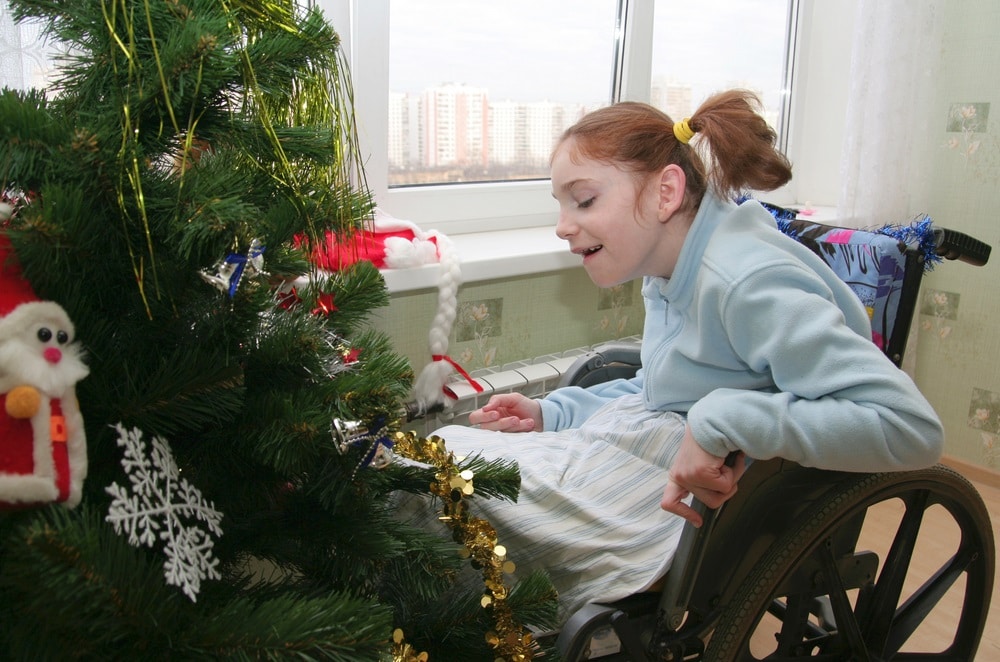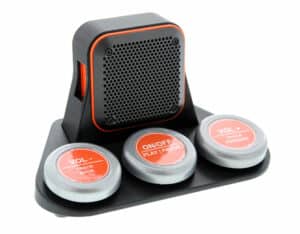Yes, we know it’s August. And yes we know that Halloween is more than two months away. But when we heard the news about Target’s new line of adaptive, sensory-friendly Halloween costumes with coordinating wheelchair covers we couldn’t wait to tell you! We wanted to make sure that everyone who wants these costumes (and who wouldn’t?) can get them before they’re all sold out.
For the past several years, Enabling Devices’ blog has featured ideas for incorporating wheelchairs into Halloween costumes. But let’s face it. Creating those costumes takes both time and talent, rare commodities for most of us. Finally, there’s a solution!
This Halloween, Target will offer two themed wheelchair covers — a carriage cover fit for your fairy princess; and a pirate ship cover that accommodates your seafaring marauder. The covers “easily attach to a wheelchair using hook and loop closures for a secure fit,” according to a press release from Target Corporate. Adaptive princess and pirate costumes with back openings and “wheelchair-friendly designs” complete the looks.
And that’s not all! Target is also debuting two sensory-friendly costumes so kids with sensory processing disorders and other sensitivities can comfortably dress up as unicorns and sharks. The costumes “feature flat seams and are tag-less for an ultra-comfy feel,” notes the press release.
“Every child deserves to bask in the fun of a special moment,” says Julie Guggemos, senior vice president, Owned Brand Management and Product Design at Target. “And … we’re out to make sure even more kids get that chance this Halloween.”
This is not Target’s first foray into the world of adaptive and sensory-friendly merchandise. Its Cat & Jack adaptive apparel has been on the market since Oct. 2017 and the release of the store’s Pillowfort sensory-friendly household items was announced in April 2019.
“We’ve seen how little design details in our Cat & Jack adaptive apparel and Pillowfort sensory-friendly pieces can have a huge impact,” says Guggemos. “Now we’re bringing that same spirit of inclusivity to our new Hyde & EEK! Boutique kids’ costumes. We hope these creations will spark some huge smiles—and bring a little extra joy to our guests’ everyday lives.”
Here’s hoping that Target adds more options to its adaptive collection in time for next Halloween!
Please note: Target’s Hyde & EEK Boutique! adaptive Halloween collection is available only online. So don’t wait. Get ready for Halloween today!

















